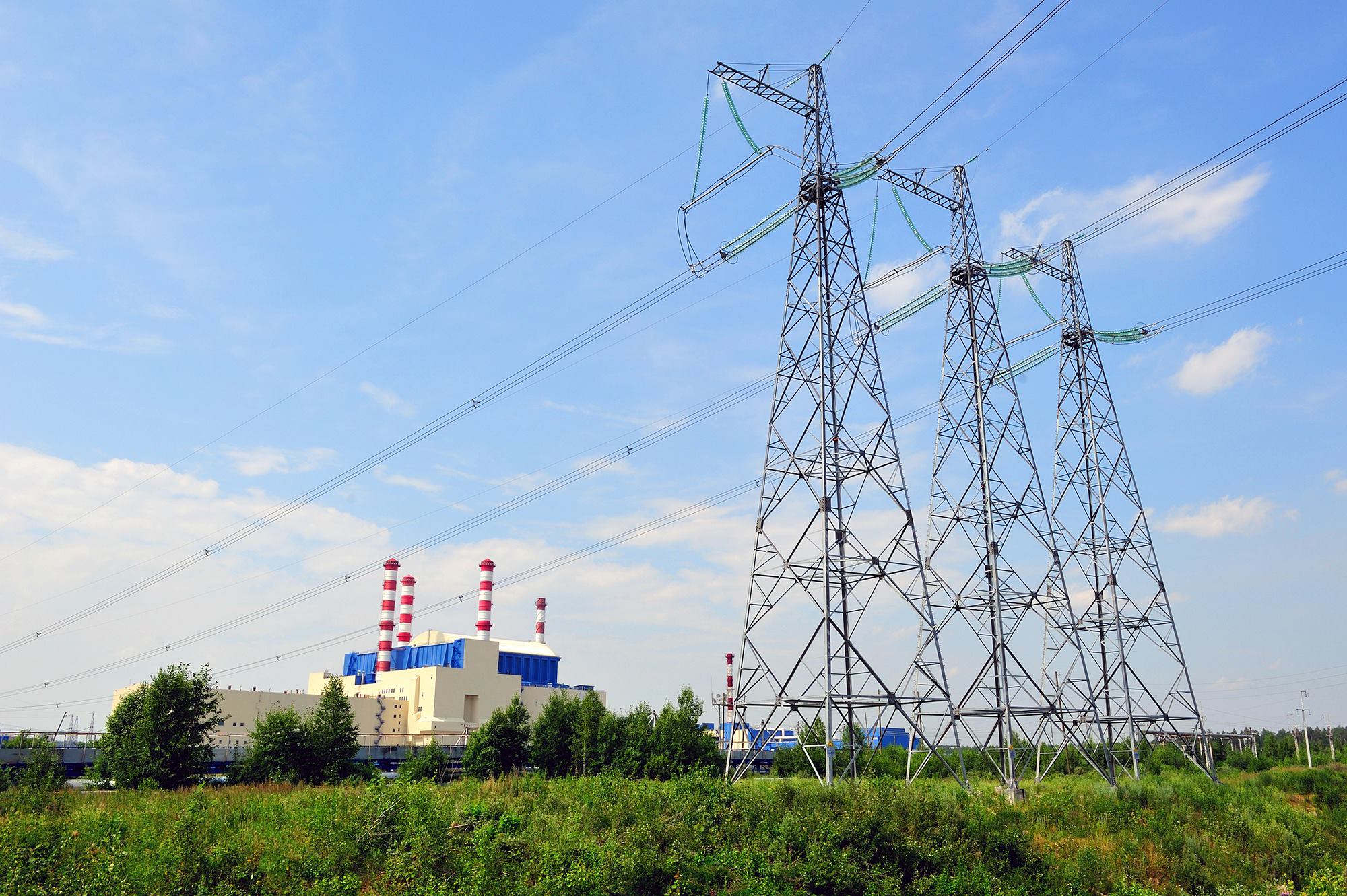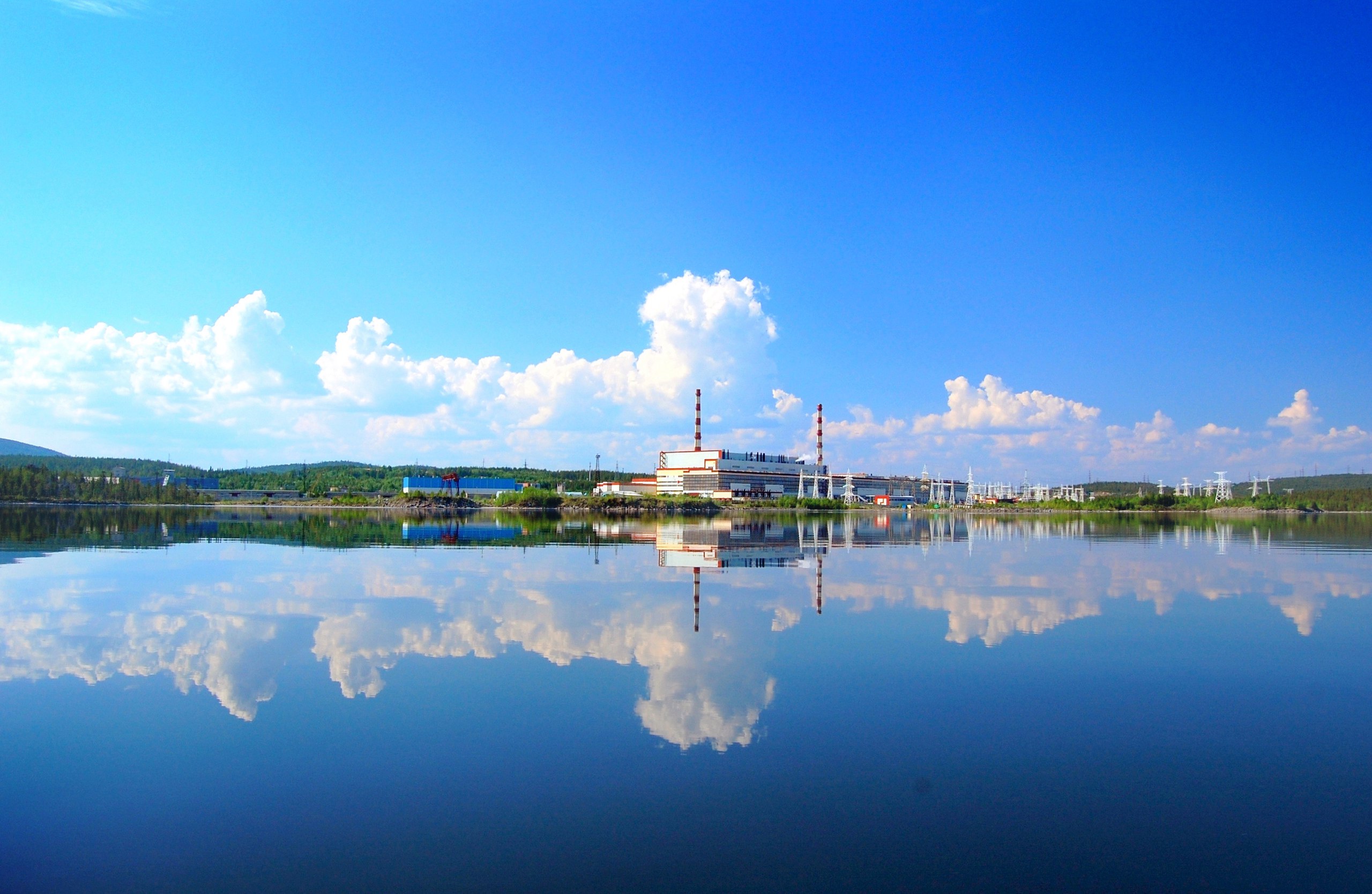
Nuclear Power Generation During COVID 19
back to contentsAny attempt at comparing national statistics is a challenging task due to different reporting periods and complexity of the data reported. Nevertheless, the body of this information is enough to get a general picture of what is happening during the pandemic in power generation, particularly in the nuclear power industry.
Executive summary
Russia: electricity consumption in April decreased 2.9 % to 82,900 GWh year-to-year.
China: electricity consumption in Q1 2020 decreased 6.5 % to 1.57 million GWh year-to-year.
France: electricity consumption in Q1 2020 decreased 7.4 % year-to-year.
US: daily weekday electricity demand in March and April decreased 9–13 % compared to the average annual demand.
China
China reached its coronavirus peak in the winter 2020. According to the National Energy Administration and the National Bureau of Statistics, power generation in Q1 2020 dropped 6.8 % year-over-year to 1.58 million GWh. Hydro power plants and CHP plants demonstrated the largest decline in power output. By contrast, China’s nuclear stations increased electricity generation by 1.2 % to 78,000 GWh. They operated at a maximum capacity factor for 1,599 hours, the longest period among all generating stations in China and almost two times the industry average.
Electricity consumption in China decreased 6.5 % over the same period to 1.57 million GWh. The largest decline was observed in the processing industries (down 8.7 % to 997,100 GWh) and in the service sector (down 8.3 % to 979,400 GWh). Interestingly, power consumption in the mining industry grew 4 % year-to-year to reach 16,700 GWh in Q1 2020. For example, coal production in March was at a record high of 340 million metric tons. Power consumption in households rose 3.5 % over the same period to 293,200 GWh.
Recovery of electricity consumption began as soon as March. According to the National Energy Administration, consumption in that month was only 4.2 % lower than in 2019, whereas in February electricity consumption in China was down as much as 10.1 %.
In the first half of April, power consumption in China grew 1.5 % year-to-year, while power output increased 1.2 %, according to Reuters citing country’s National Development and Reform Commission.

The United States
In the United States, the spread of coronavirus reached its peak in March-April 2020. New York is among the most affected cities with 185,000 confirmed cases as of May 11. The situation with the virus deteriorated in the second half of March and stabilized in April, when more than 10,000 new cases were registered daily.
According to the US Energy Information Administration (EIA), closing of businesses and changes in people’s lifestyle over coronavirus restrictions brought the daily electricity demand down 11–14 % on weekdays in March and April as compared to the multi-year average adjusted for seasonal temperature fluctuations. “Electricity demand changes in New York state and in New York City, in particular, have been more pronounced than in other parts of the country, which may partly be caused by regional differences in how much electricity each end-use sector consumes and the varying effects of COVID‑19 mitigation efforts on the sectors,” the report read.
The EIA report compared daily demand for electricity on each weekday from January 1 until May 1, 2020 and the average demand on weekdays with the same average daily temperature from January until June 2016–2019. Weekends and public holidays were not counted. The authors of the report explained that this methodology offsets the effect of seasonal temperature fluctuations and highlights the effect of unexpected events, such as coronavirus response measures.
The analysis showed that electricity demand in January and most of February was comparable to the observed historical levels. As the state began taking measures to prevent the spread of coronavirus, consumption fell. In the end of March, the New York Independent System Operator (NYISO) saw electricity demand on weekdays being approximately 13 % lower than temperature-comparable historical demand, and it remained low throughout April. According to NYISO, “the reduction in electric demand from commercial customers is a leading driver of overall reduced electricity consumption.”
The city of New York, which accounts for about a third of total power consumption in the State of New York, demonstrated a larger decline in consumption than the state in general. From late March through late April, daily electricity demand on weekdays was on average 16 % lower than in 2019 at comparable temperature.
Electricity consumption across other states decreased as well, but the decline was not homogeneous. According to the Midcontinent Independent System Operator (MISO), epidemic-related closures and other anti-COVID measures resulted in a 9–13 % decline in electricity consumption on weekdays as compared to the average demand. Since MISO works in the states where industrial enterprises account for the majority of electric power consumed, lower demand is an indicator of lower output, rather than shutdown. “In MISO Zones 2 and 7, which cover most of Michigan and Wisconsin, demand has dropped slightly more than for MISO overall, averaging between 11–16 % from late March through April. On March 18, the three major car manufacturers based in Detroit, Michigan — Ford, General Motors, and Fiat Chrysler — announced they would begin closing their manufacturing facilities. Other industrial facilities have also temporarily closed,” a study published on May 7, 2020 read. On the other hand, according to the EIA, Florida demonstrated no major changes in electricity consumption, although demand stood at the lower level of 2019’s average. The EIA explained that this was attributable to the consumption structure in Florida where households accounted for more than a half of total power consumption. As a result, growing consumption in households mitigated decline in other sectors to a larger extent than in the other states.
The aggregated US data showed that the reduction of electric power output was significant in April as compared to March 2020 with the total power output at 265,200 GWh in April vs. 293,500 GWh in March.
During the first 17 weeks of 2020, the share of nuclear in the total energy mix varied from 20 % to 24 %, and the lockdown did not make any difference.

France
France reached its coronavirus peak in March. “The quarantine brought electricity consumption down 15–20 % with other conditions being equal (consumption in comparable climatic conditions),” the French grid operator RTE said quoting data from before April 5, 2020.
The Ministry of Ecology, Sustainable Development, Transport and Housing gave lower estimates of the consumption decline in Q1 2020. The ministry claimed that shutdowns and closures in the industrial and service sectors combined with higher temperatures than in Q1 2019 brought electricity consumption down 7.4 % year-to-year.
The same report mentioned that France generated 2.2 % less electricity in Q1 2020 (153,400 GWh) than a year before. Nuclear generation decreased to 101,160 GWh, down 9.1 % (as indicated in the introductory part) or 9.5 % (as specified in the section dealing with electric power) year-to-year.
Nuclear power generation depended in part on lower consumption in March 2020. In France, nuclear power plants always operate in the load following mode to compensate for the intermittency of renewable generation. As required by the French law, energy from renewable sources is always sold first.
Unscheduled outages were part of the decline but the main reason is that 880 MW Fessenheim‑1 NPP was shut down permanently on February 22 as part of the state policy. In Q1 2020, nuclear accounted for 66 % of electric power produced in the country. Generation at coal-fired plants decreased 9.8 % over the same period (15,840 GWh in Q1 2020). By contrast, power output at hydro, wind and solar power plants grew 28.6 %, 44.1 % and 3 % respectively, which is attributable to rainy and windy weather.
Russia
In Russia, the lockdown began in late March and lasted through April to May. In April, Russian power plants connected to the Russia’s national power grid (Unified Energy System) generated 83.7 billion kWh, down 3.8 % year-to-year. CHP plants demonstrated the largest decline (15.2 %), whereas production at hydro power plants increased most of all (up 21.5 %). Power output at nuclear power plants grew 8 %.
Electricity consumption in March 2020 totaled 95.1 billion kWh, down 1.5 % year-to-year. Total electricity output in Russia amounted to 95.9 billion kWh in March 2020 (down 2.7 % year-to-year).
According to the Unified Energy System, electricity consumption in April 2020 totaled 82.9 billion kWh (down 2.9 % year-to-year).

Weekly analysis of power generation at Russian nuclear stations shows that they were more affected by maintenance and repairs than by coronavirus.
“The reason for the difference in output is simple: two units were shut down in 2019 — Unit 3 for scheduled maintenance and Unit 2 for overhaul — as part of the life extension program. In 2020, only one unit — Unit 1 — was under maintenance,” a representative of the Kola NPP said. The Novovoronezh NPP also mentioned maintenance as the main factor influencing power generation. In 2019, Units 4 and 5 were in operation, while Unit 6 was shut down for scheduled maintenance on April 15. In April 2020, Units 4, 5 and 6 were in operation; Unit 7 was under maintenance.
The total output at nuclear stations in April 2020 reached 16.515 billion kWh compared to April 2019 power of 15.277 billion kWh. It should be noted that 2020 figures also include the output of the floating nuclear power plant, which is already connected to the grid but has not been commissioned officially.

Rosatom’s power distribution subsidiary Atomenergosbyt, which is also a supplier of last resort in four Russian regions, said that power consumption in April 2020 stood at 1.2 billion kWh, an amount comparable with April 2019. “No doubt that some industrial enterprises reduced power consumption but weather conditions set off the decline to almost the last year’s level. So we see no material effect of the lockdown on electricity consumption,” CEO of Atomenergosbyt Pyotr Konyushenko said.
Conclusions
Our comparison of power production and consumption in different countries shows that energy demand at the time of the pandemic depends directly on whether businesses continue working or not. An increase in consumption by households levels off lower demand from industrial consumers only in part.
Coal-based generation declined during the lockdown in every country under consideration. One of the possible reasons is the mandatory requirement to buy renewable energy despite lower demand. That was why renewable generation was growing. The trend is confirmed by data published by the International Energy Agency. “Amid today’s unparalleled health and economic crises, the plunge in demand for nearly all major fuels is staggering, especially for coal, oil and gas. Only renewables are holding up during the previously unheard-of slump in electricity use,” IEA Executive Director Fatih Birol said.
Analysis of nuclear power generation shows that ups and downs in the output depend on how many units are online or disconnected from the grid for maintenance and repairs rather than on lower demand for electricity.
The main danger of coronavirus for the nuclear industry is that certain repairs and refueling procedures are being postponed now but could become essential later, for example, when demand would rise in cold season. “Changes in the expected uranium consumption make us change refueling schedules, which is key to maintaining high performance in cold season. Changes in the refueling schedules might affect the system’s ability to follow annual fluctuations when cold weather comes,” Le Mond wrote.
Rosenergoatom stressed that there has been no repair or refueling postponed at the Russian nuclear power plants.
Power consumption in Hungary grows
Data provided by the Hungarian transmission operator MAVIR showed that power consumption in this EU country amounted to 12.16 TWh in the first three months of 2020, down 2.3 % year-to-year. However, consumption was growing in March when the first cases of COVID-19 were registered in the country. That month, the country consumed 3.94 TWh of electricity, up 2.1 % year-to-year.
The Paks nuclear power plant accounted for a half of electric power generated in Hungary. “Reliability of power supply in Hungary could only be guaranteed when the country has base load generating stations capable of producing electricity both day and night, in summer and in winter, regardless of the weather, while being environmentally safe,” an article published on Origo web portal reads.




